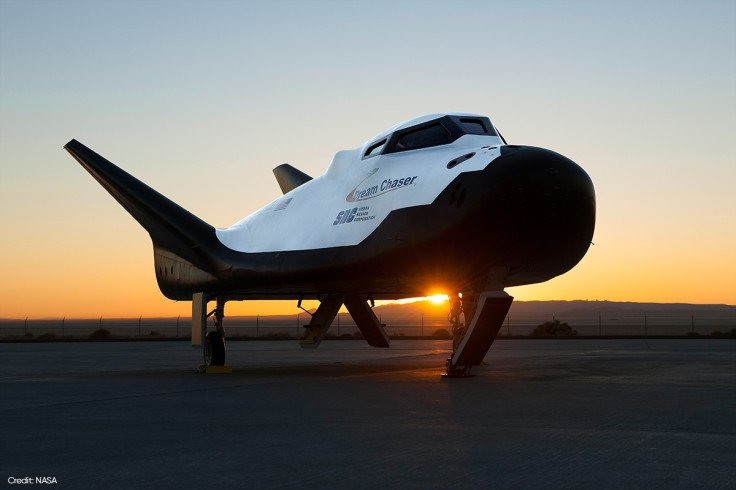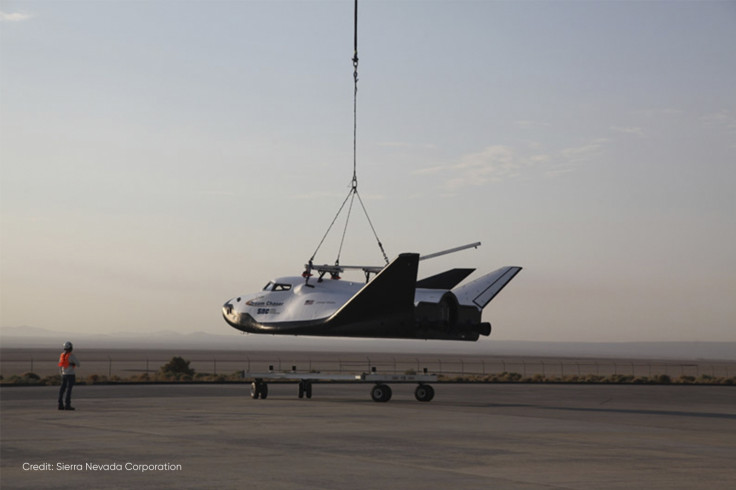Dream Chaser: Nasa to drop its wingless 'baby shuttle' from 12,500ft in upcoming test
Dream Chaser will have to make use of on-board computers to direct itself to the landing strip.

The wingless Dream Chaser spacecraft built by the Sierra Nevada Corporation (SNC) for Nasa will be put through a milestone test this weekend. Called the Approach and Landing Test (ALT-2), it will see the craft being taken to a set altitude by a helicopter and then dropped from a height of about 12,500ft.
Dream Chaser will then have to fly itself to the Edwards Air Force Base, California. The test was originally scheduled on 8 November, but it has now been postponed to 14 November, Nasa spaceflight told IB Times UK.
This drop test will make use of a Chinook and Dream Chaser will be carried to an altitude of 12,500ft. The ALT-2 is being called a mirror test of the ALT-1, so it is likely that it will be lifted to this height. The spacecraft will then be released where it will glide towards the landing strip at Edwards.
Dream Chaser will not be using any engine assistance for changing direction or for landing. It will only make use of its unique "lifting body design" to land like a rather heavy glider.

As the spacecraft falls, it will have to make use of its on-board computers to manoeuvre itself and autoland. There will, however, be some assistance from ground crew to help it reach its target.
A report by Nasa spaceflight said that the ALT-1 test that was held in 2013 had gone well until it came time for the landing gear to open. The left main landing gear reportedly failed to deploy, causing the aircraft to skid off the runway. Surprisingly, the craft suffered only surface damages.
This is one of the reasons why Nasa and SNC have a lot riding on this test, says the report. Despite the landing gear mishap, it was found that the crew and passenger module was still intact and it unwittingly became testament to the craft's design.
Dream Chaser has also completed a tow test where it was tethered to a truck and dragged down a runway at speeds of nearly 100 kmh through twists and bends after which it was released. The "baby Shuttle" successfully completed this test, reports Nasa.




















